
We are factory-certified for sales, installation, and service of Kohler, Generac, Cummins, Briggs & Stratton, and Winco generators.
We are factory-certified for sales, installation, and service of Kohler, Generac, Cummins, Briggs & Stratton, and Winco generators.
We are factory-authorized and trained to service and repair leading generator brands, ensuring your system runs smoothly and reliably. Trust our certified expertise to keep your generator in peak condition.






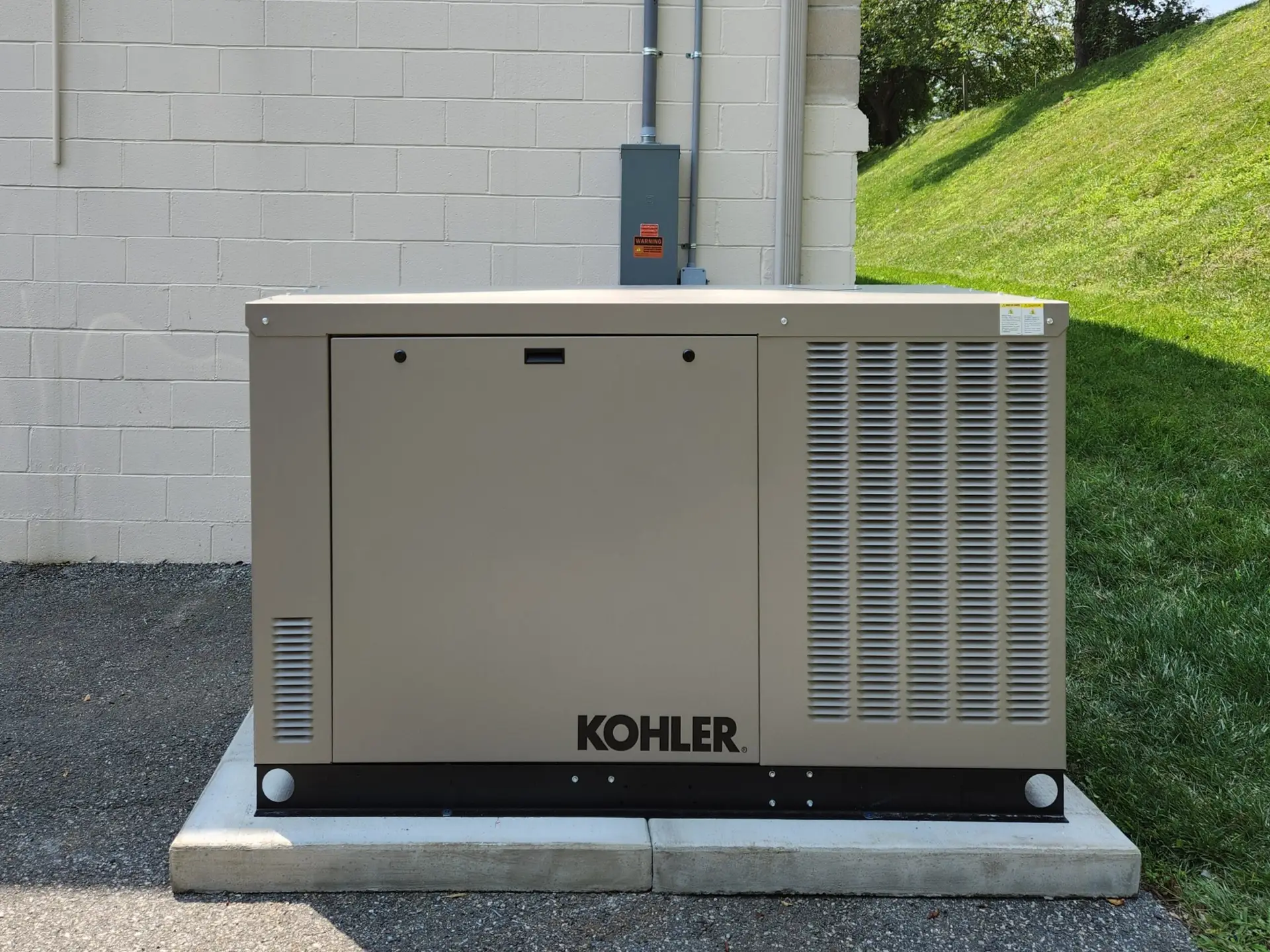
We offer reliable generators that start instantly during power outages.
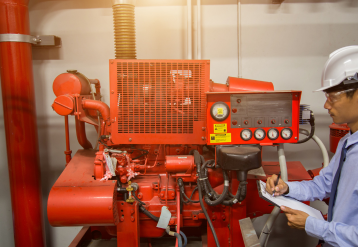
Factory-authorized generator service with custom maintenance plans for affordability.
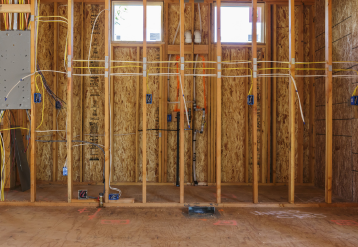
We specialize in electrical upgrades and installations for any project.
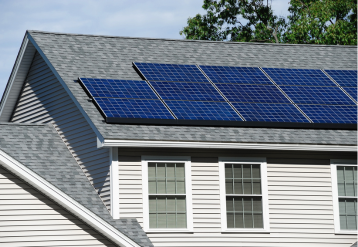
GSE specializes in electrical upgrades and installations for any project.
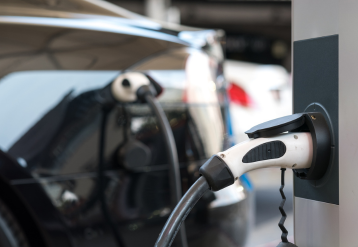
GSE offers expert EV charger installation with certified, customer-friendly service.

Silent, gas-free indoor generators provide long-lasting backup power solutions.
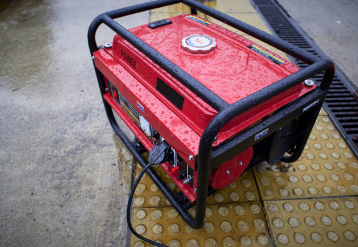
GSE offers Briggs & Stratton portable generators for reliable backup power.

GSE provides solar cleaning and maintenance plans tailored to your budget.
KOHLER generators (8.5kW to 150kW) provide automatic, quiet power during outages. We handle design, permitting, installation, and certified startup. Serving the Main Line and Pennsylvania with expert service.

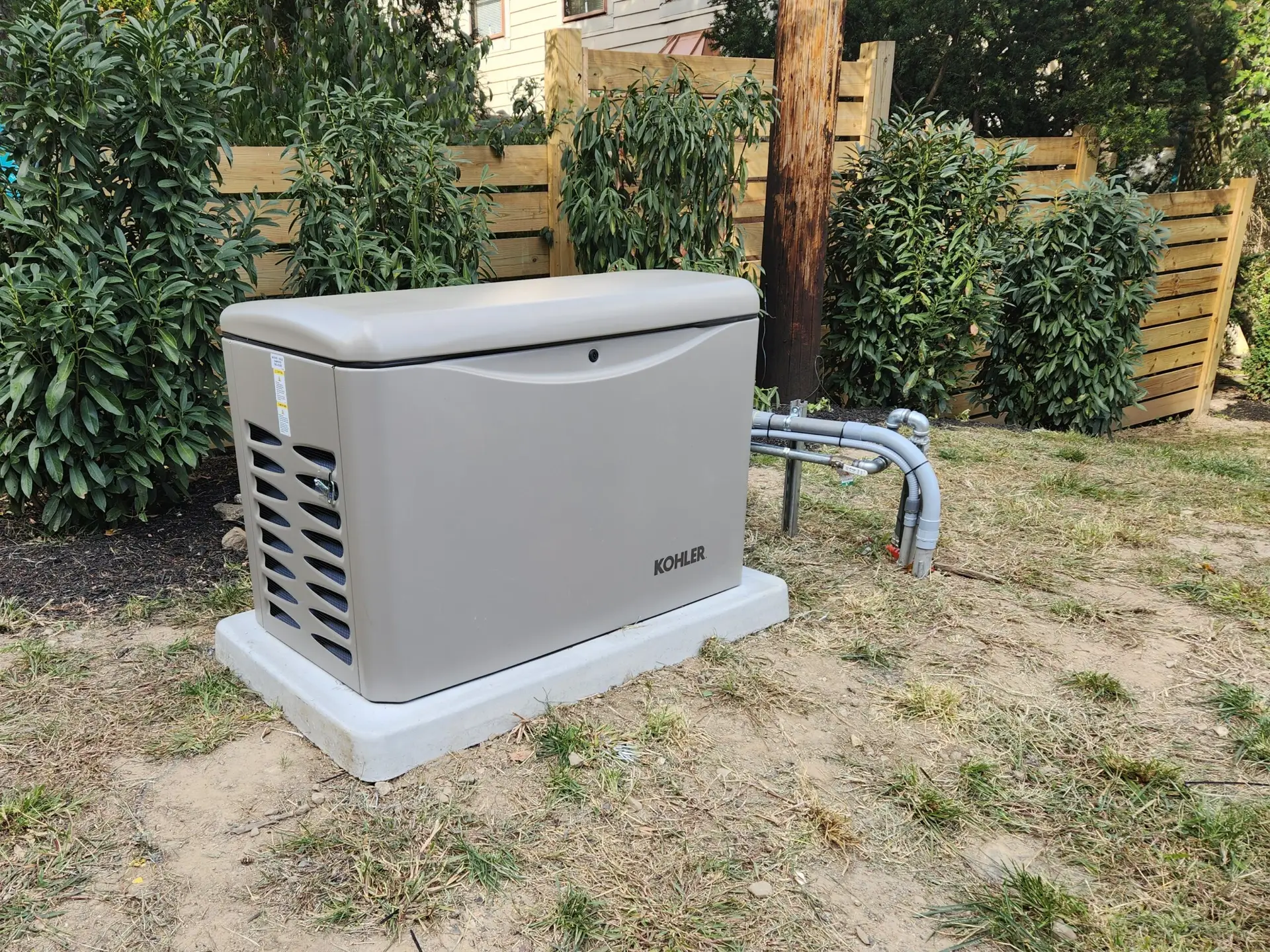
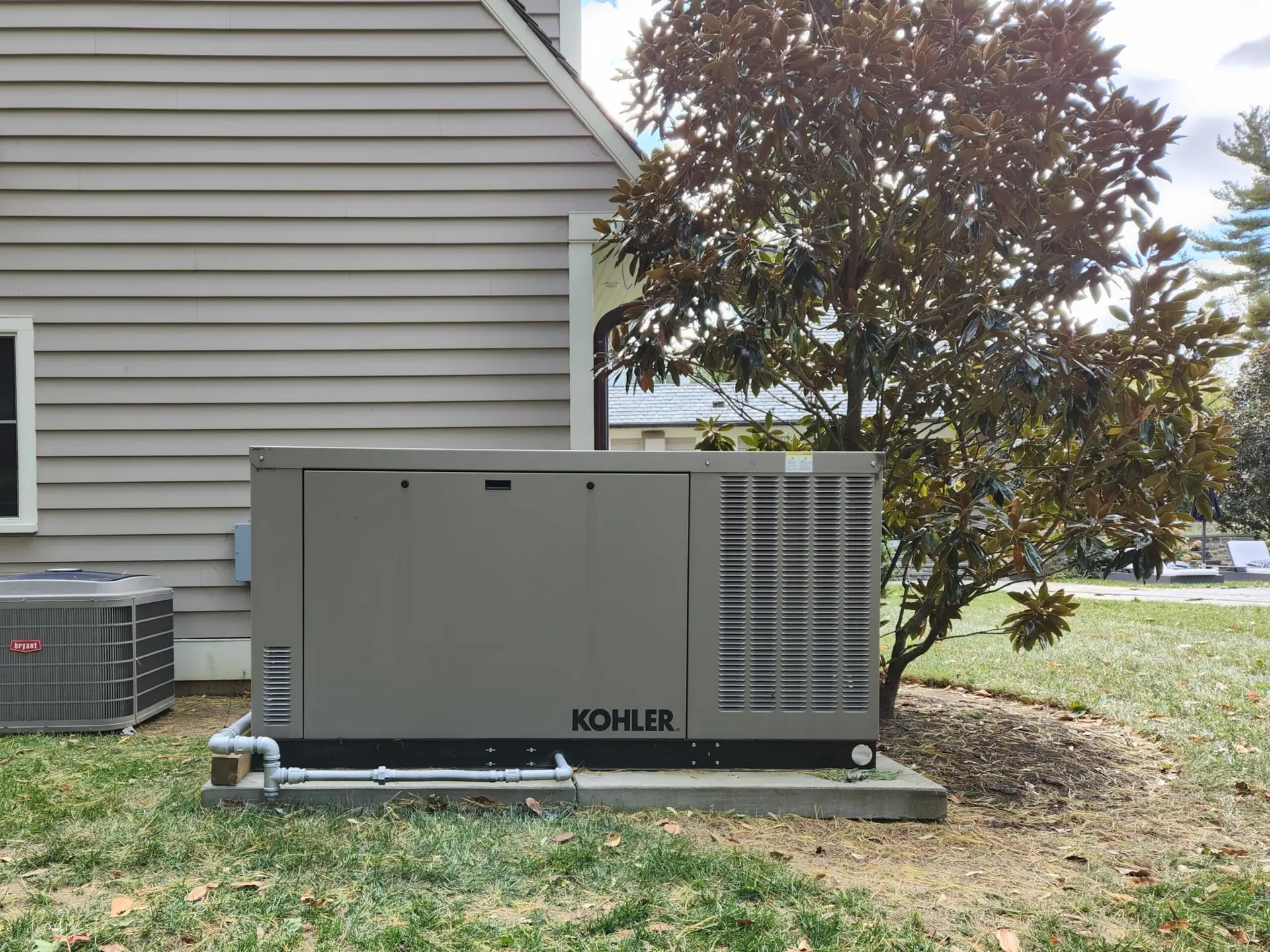
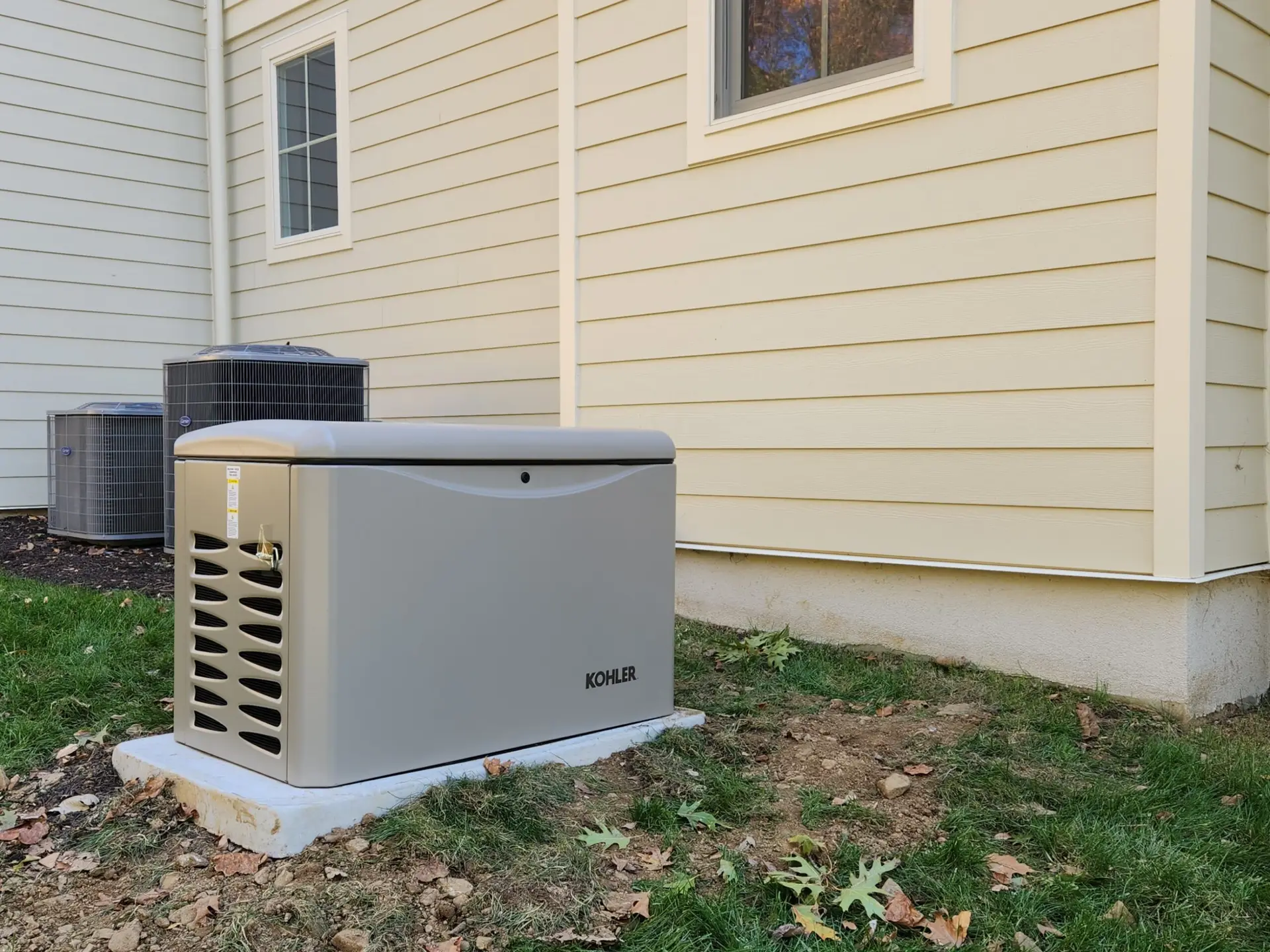
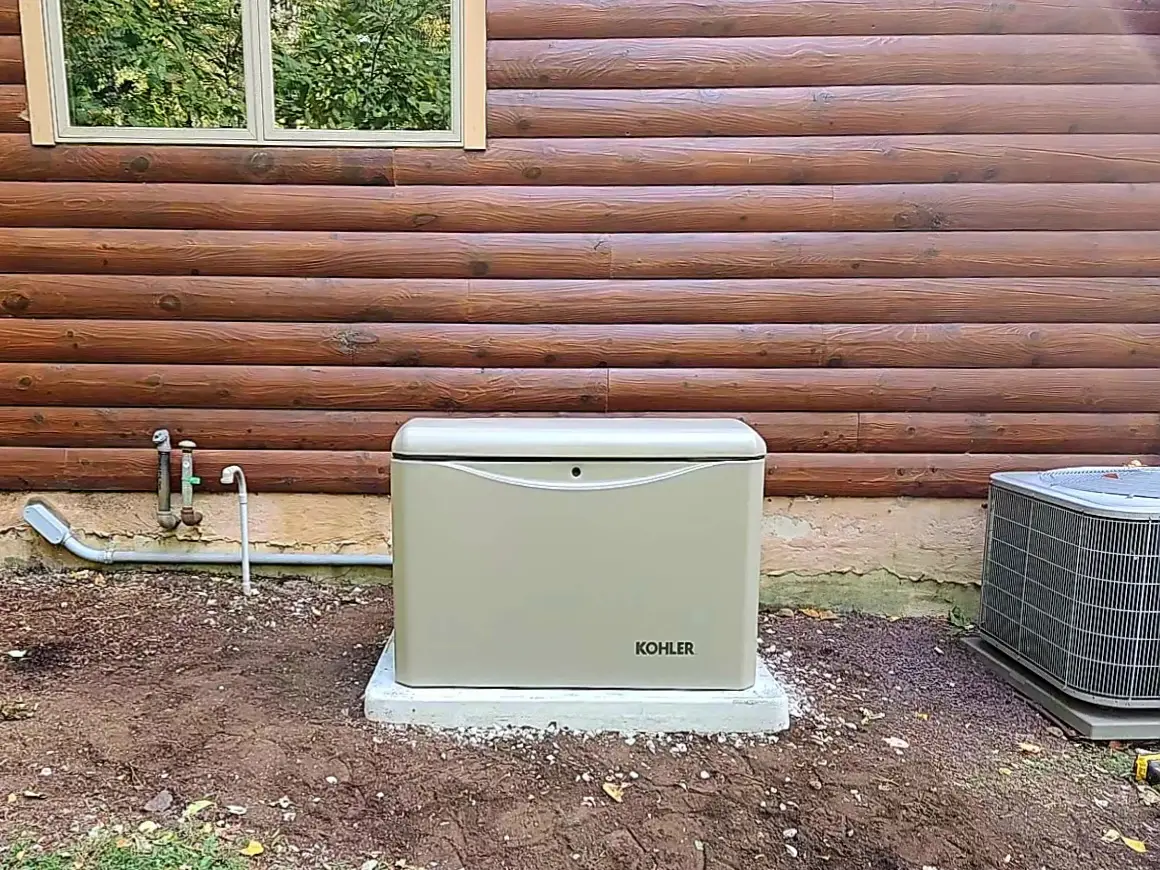
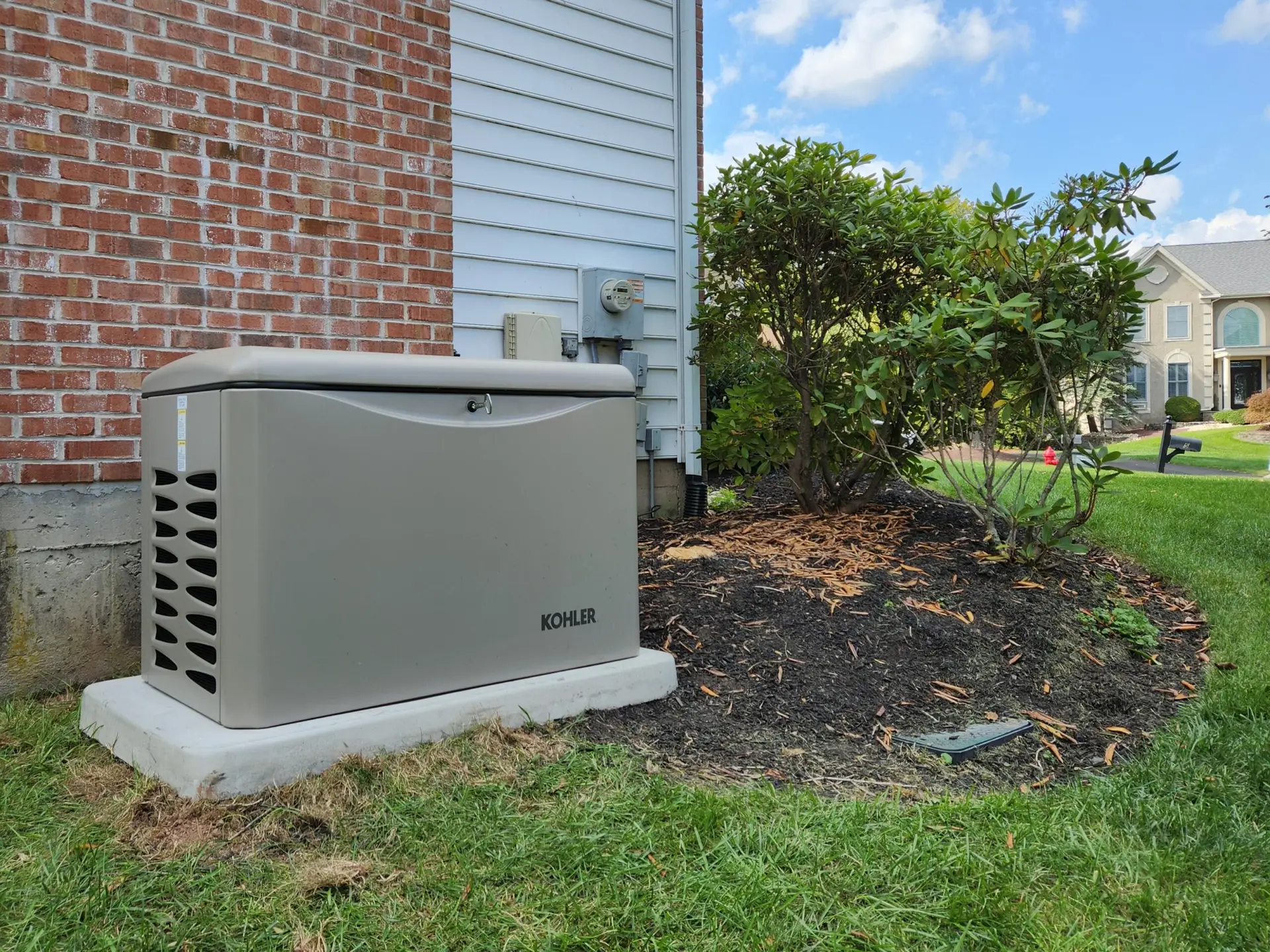

Explore our past projects where we’ve provided reliable generator installations and electrical solutions, ensuring homes and businesses stay powered and protected.



Explore our blog for the latest insights, tips, and updates on generator systems, electrical solutions, and sustainable energy.
Receive our latest blog posts directly in your inbox!